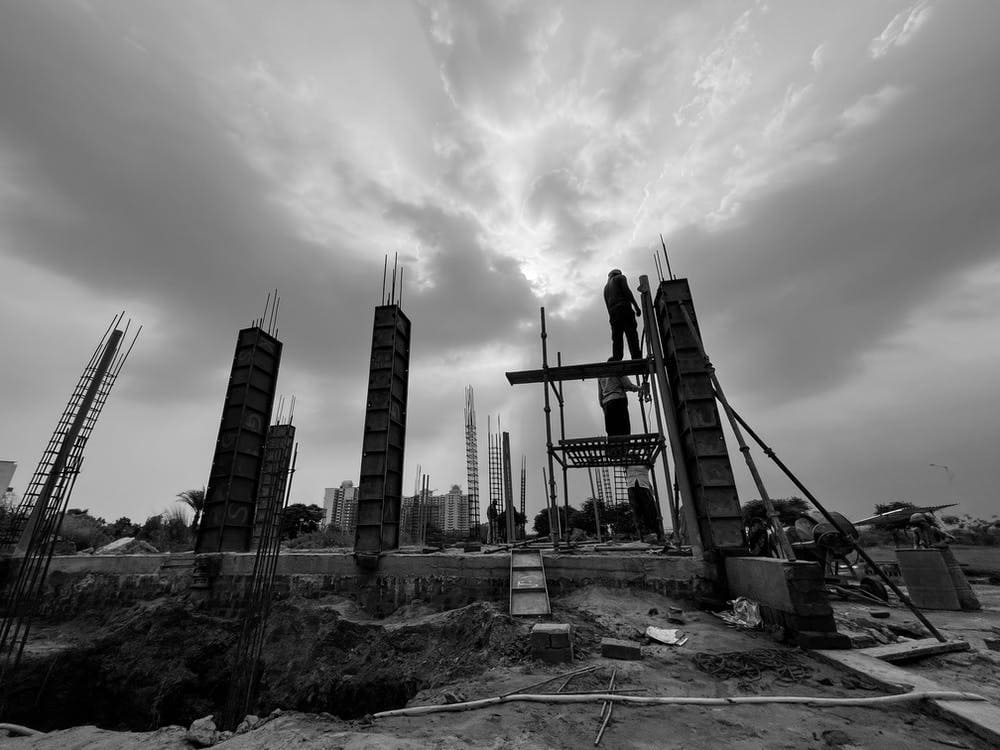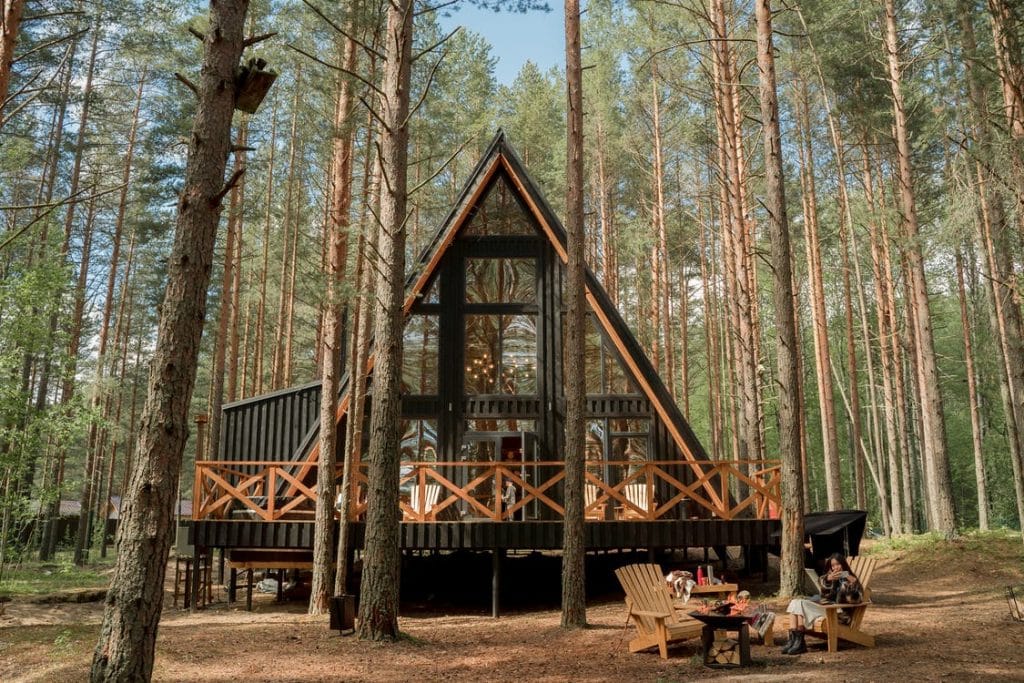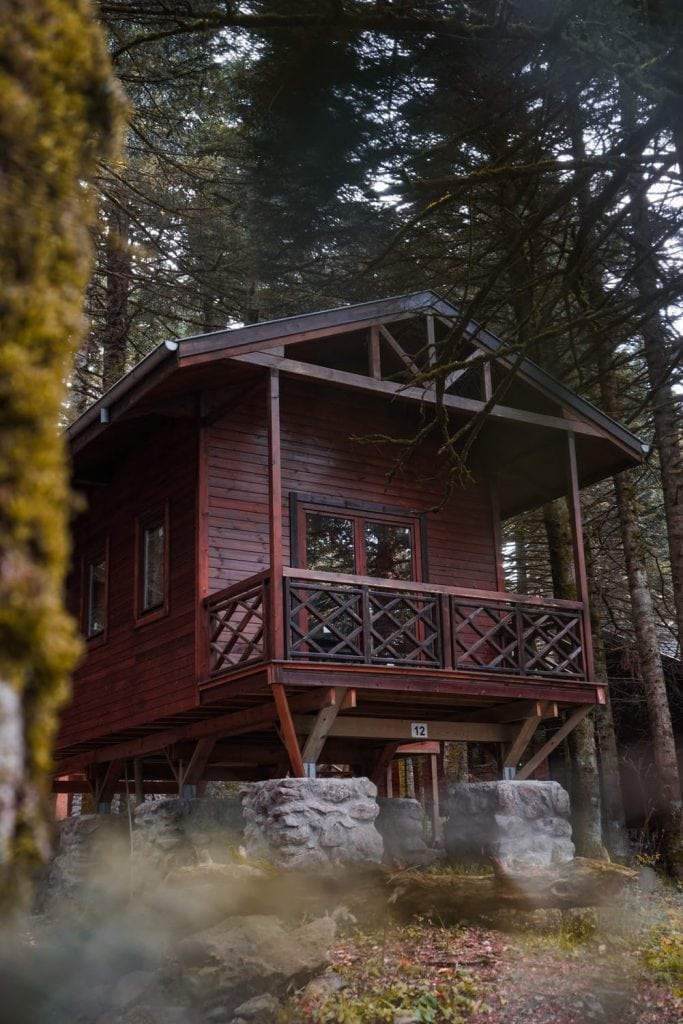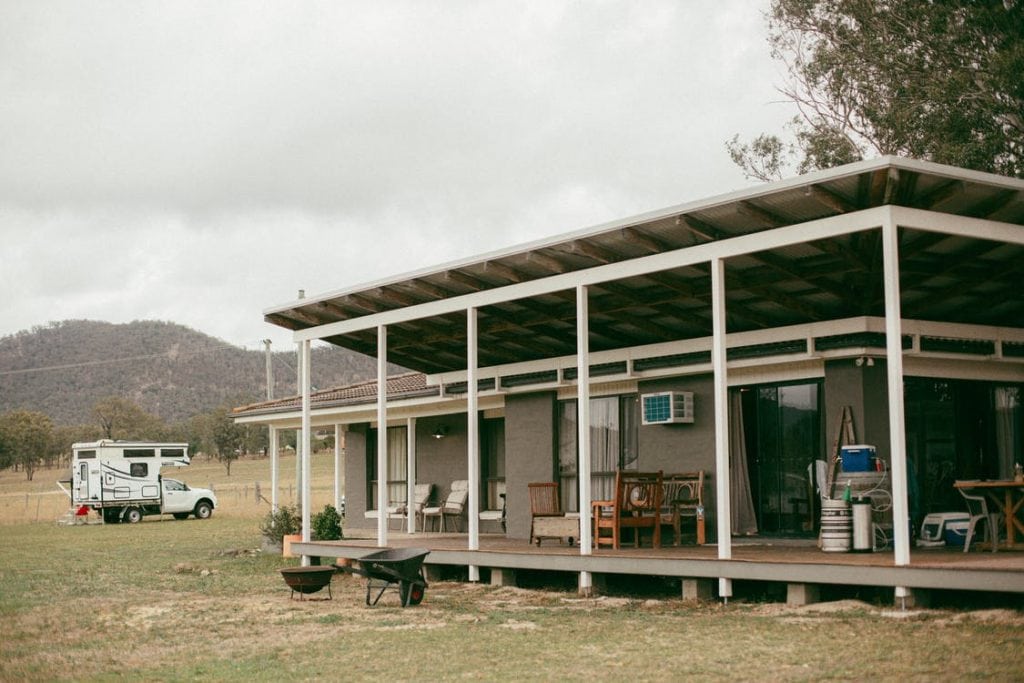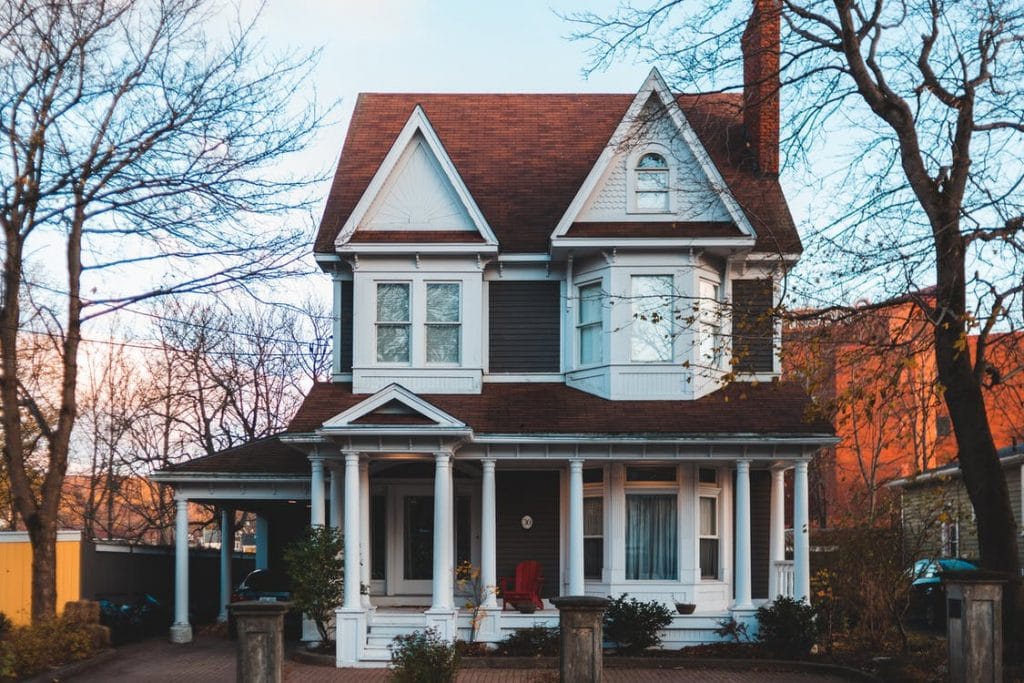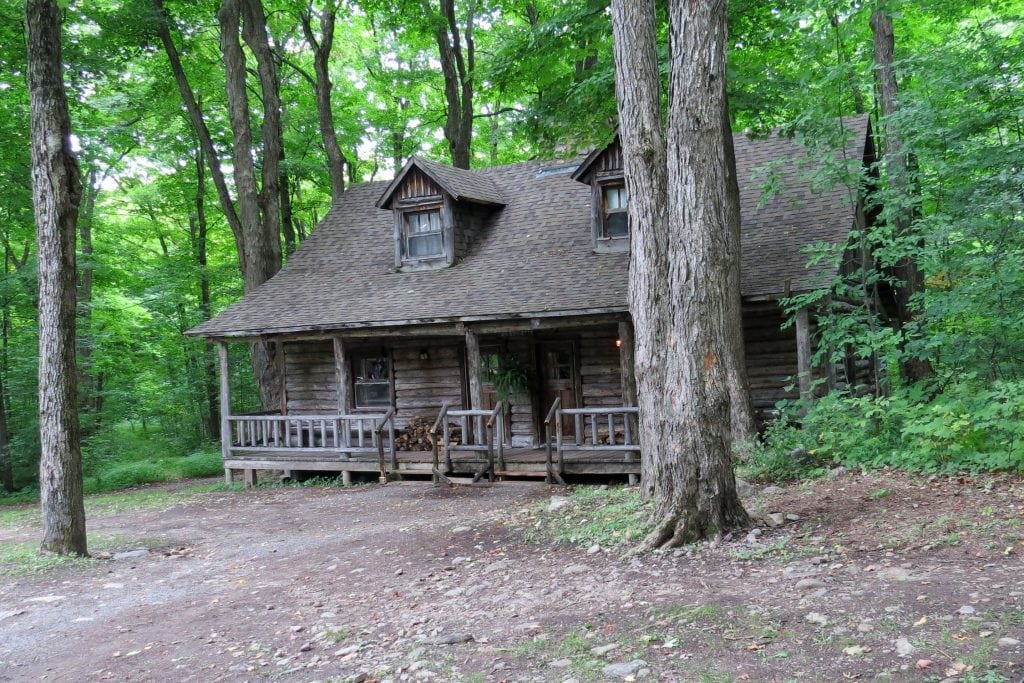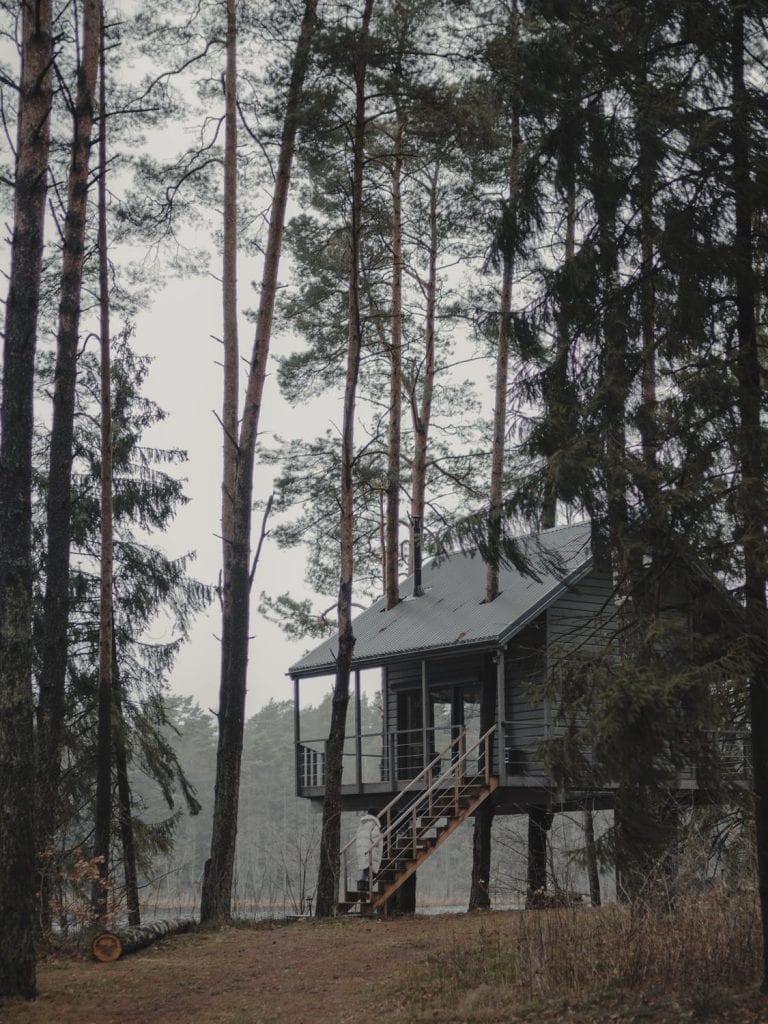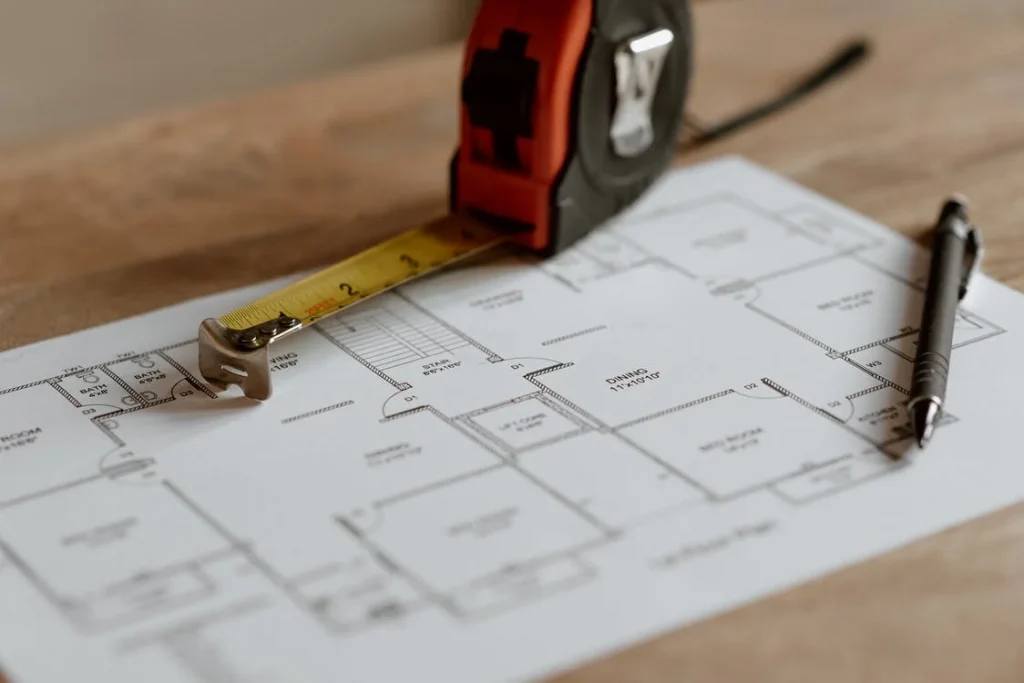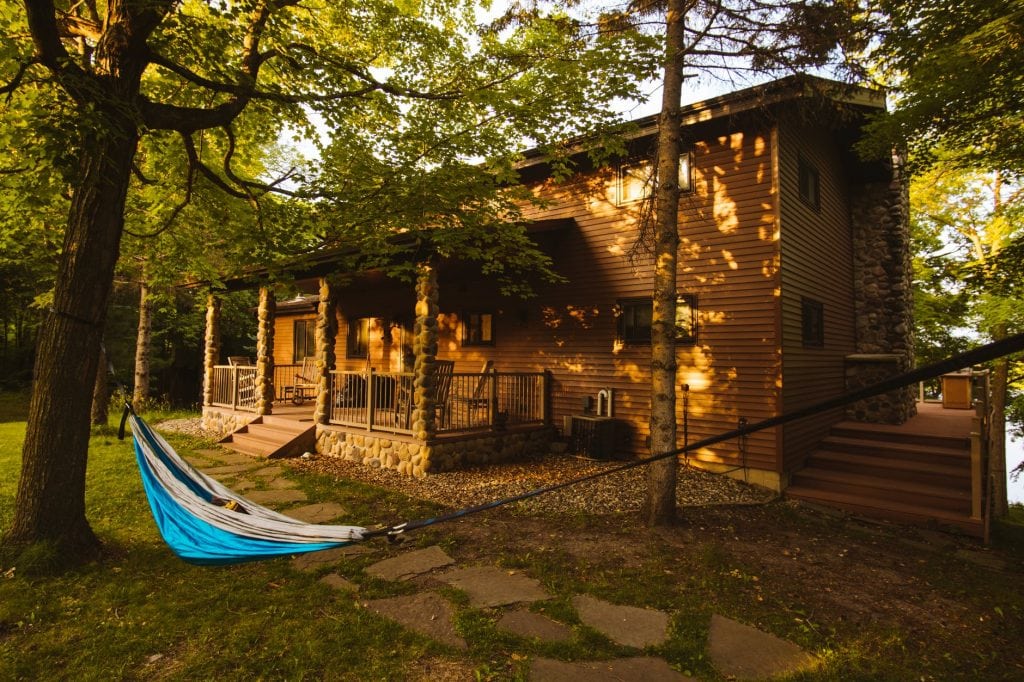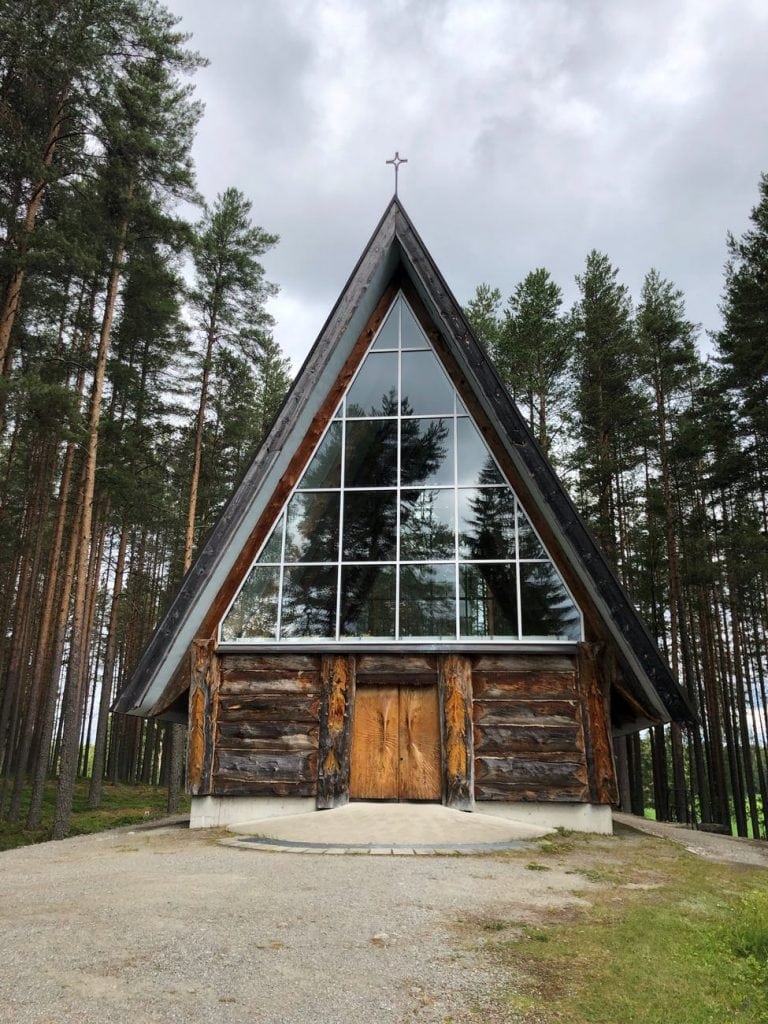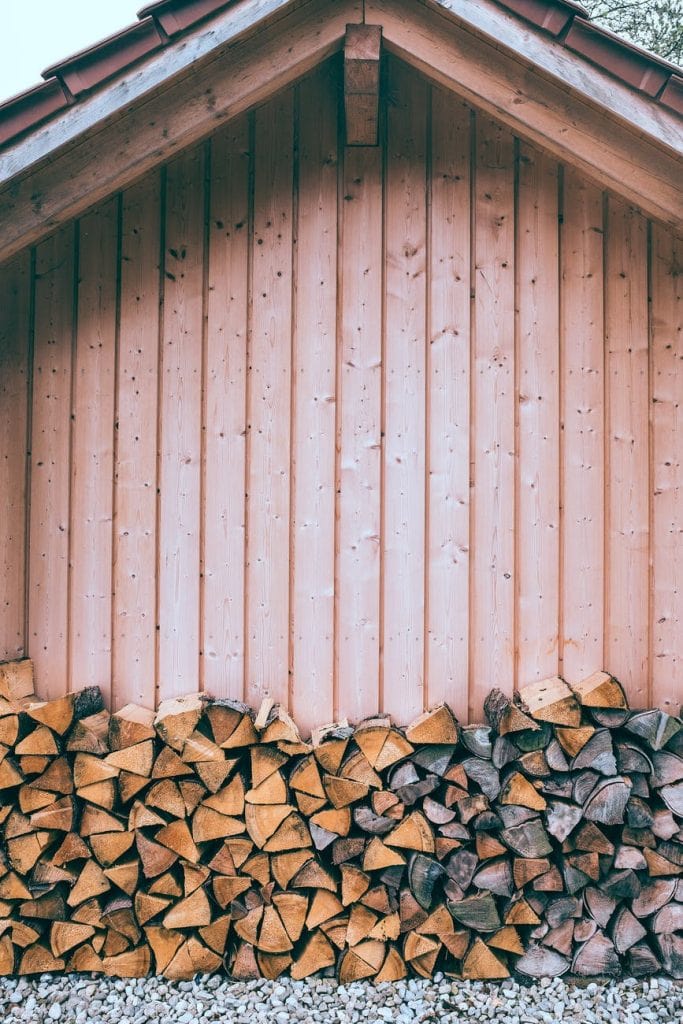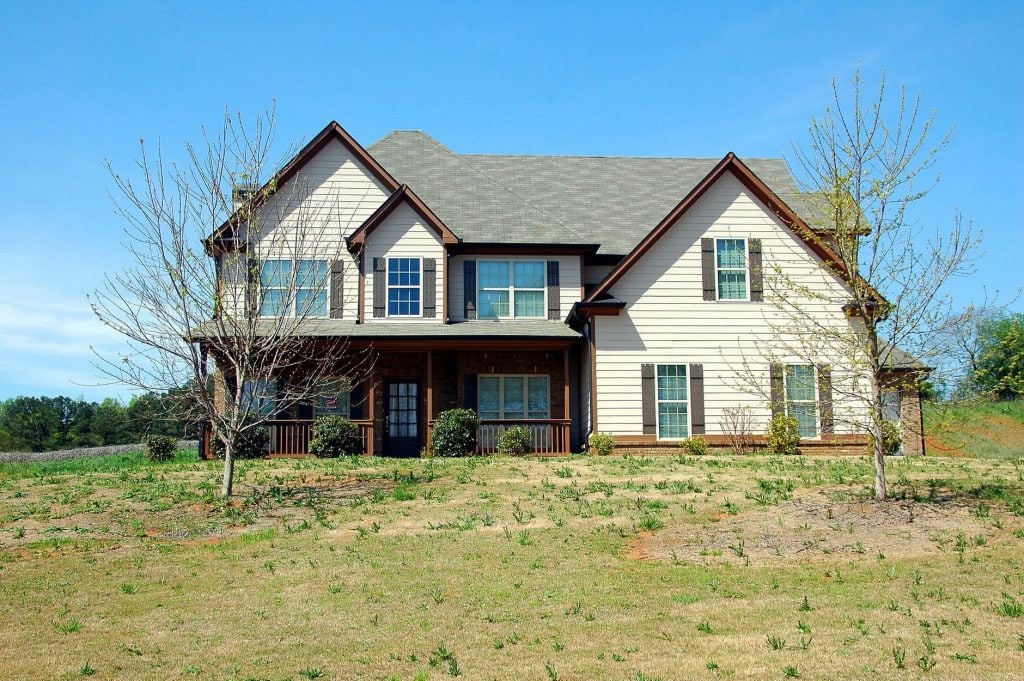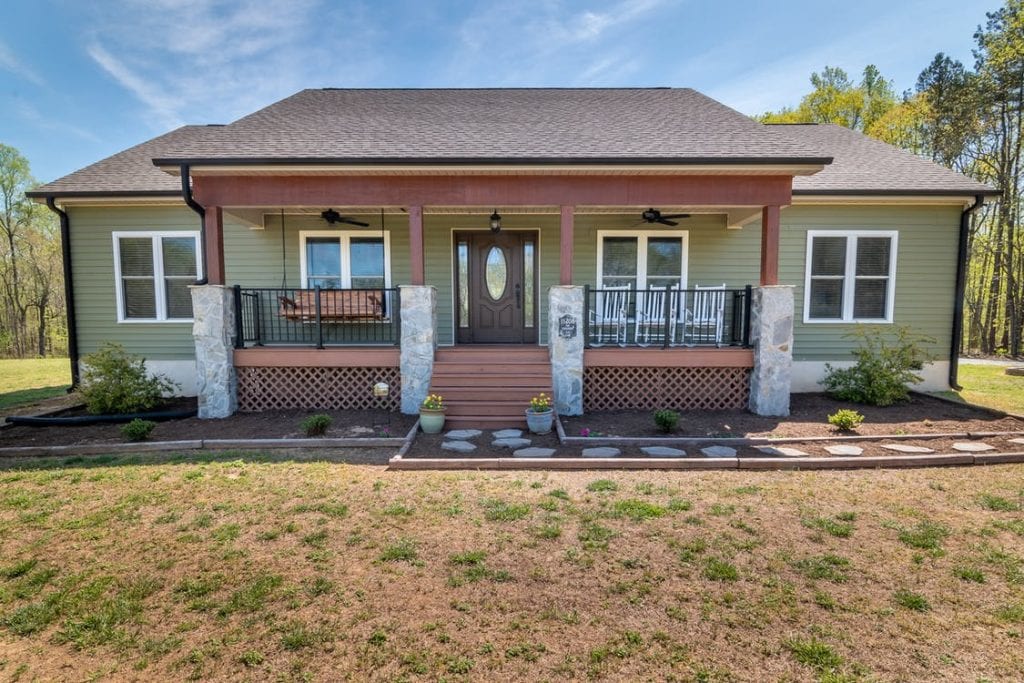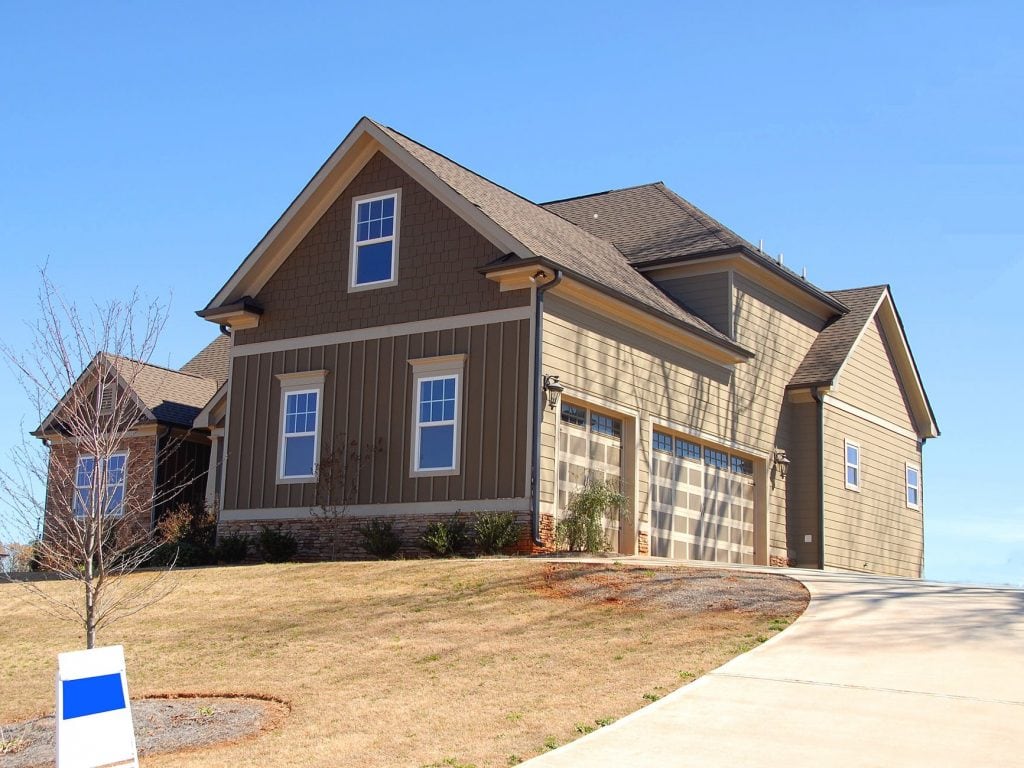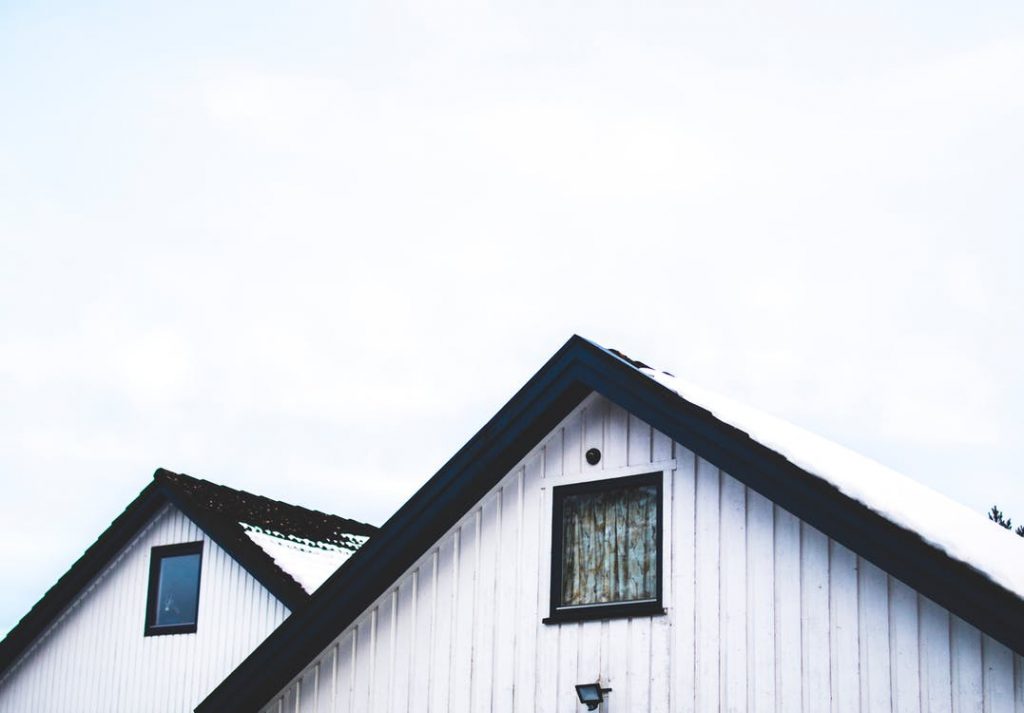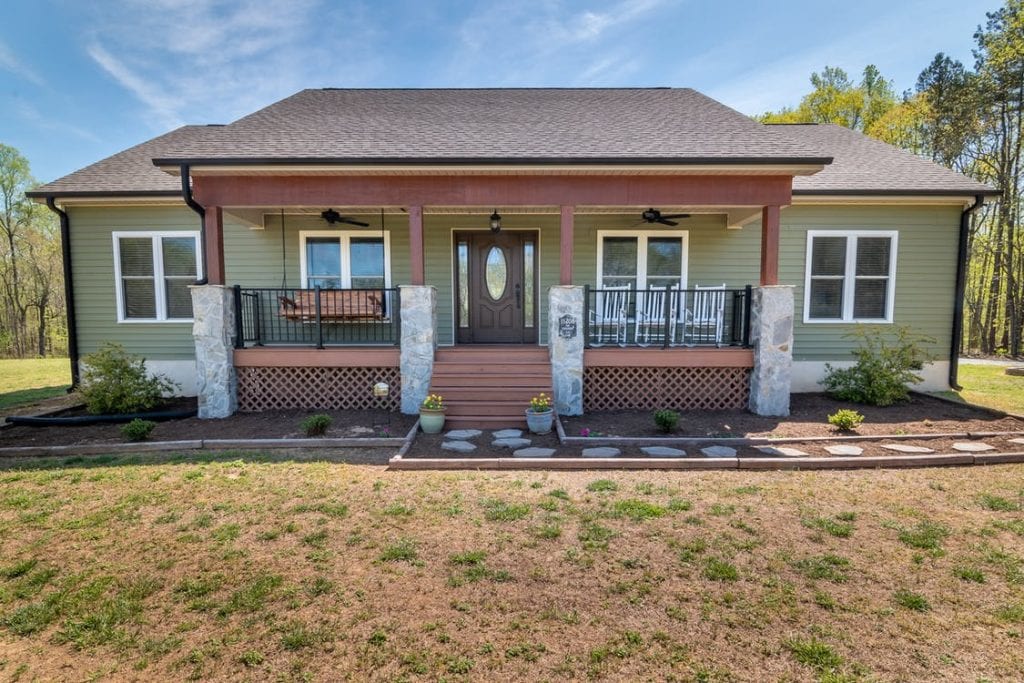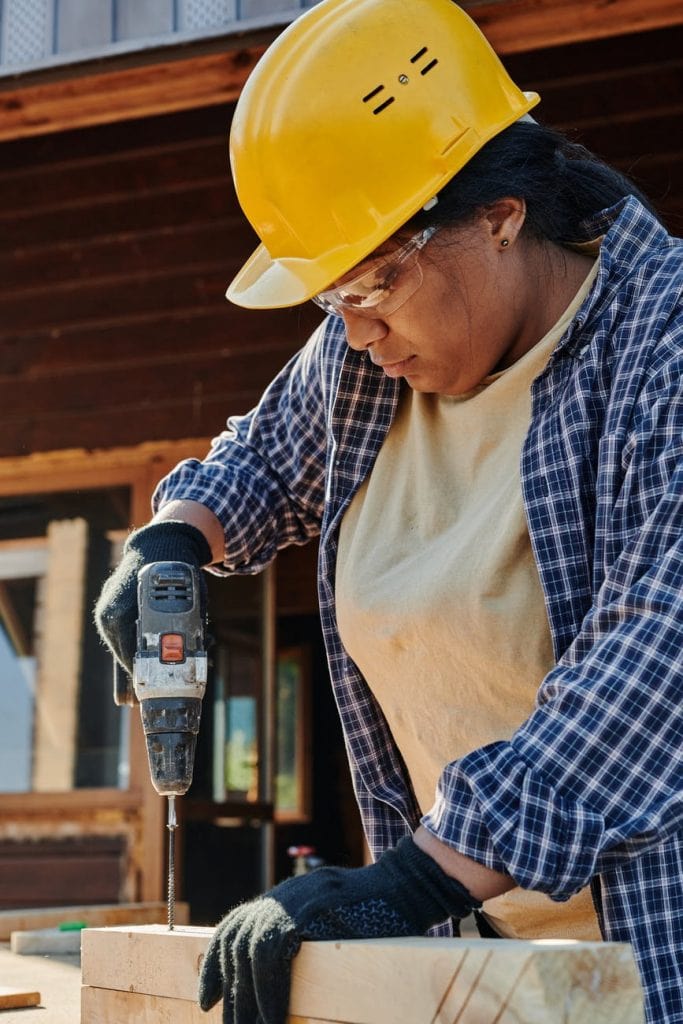Underpinning is usually carried out to remedy subsidence issues and to make a home stable again. It’s usually done as a last resort when other methods aren’t adequate or have failed. It can be a costly, long and disruptive undertaking.
According to the Royal Institution of Chartered Surveyors (RICS), it’s estimated that less than 10% of properties that have subsidence need underpinning. In most instances, the problem can be solved more easily.
For example, if the subsidence is happening because a tree near your property is drying out the ground, then removing the tree or cutting it back can solve the issue.
Or, if plumbing leaks are washing away the soil beneath your home and causing your foundations to sink, then simply fixing the leak can stop the problem.
After this, it’s a case of monitoring whether the subsidence stops or continues.
If the problem persists, then underpinning may be needed.
Houses may also need underpinning if you’re adding another floor or an extension to your property. In some cases, existing foundations may not be strong enough to take the extra weight.
What Is Underpinning?
Underpinning is a technique used to rectify properties that suffer from or have suffered from subsidence. Underpinning is necessary when a property’s structure moves due to subsidence and, as a result, needs more support. Underpinning strengthens a property’s foundations if they have been weakened by subsidence and need to be repaired.
The underpinning process involves excavating the soil beneath the property that is moving away from the structure and removing its support, hence weakening the existing foundations and causing the property to move. The soil is replaced with new, stronger materials and deeper footings beneath the foundation are placed into the firmer ground to stabilize the property’s foundations and enhance its structure.
A number of warning signs of subsidence to look out for include; cracks in walls, floors, ceilings and joints; sloping floors, walls and ceilings; stuck doors and windows that do not close properly; gaps in between bricks, doors and window frames; and the property leaning to one side. Any of these signs indicate that your property has been underpinned or needs to be underpinned.
If you suspect that your property has been underpinned or is in need of underpinning, you should have your property inspected by a structural engineer or chartered surveyor. The team at Allcott Associates includes chartered surveyors and structural engineers, and their reports can check for subsidence, identify structural issues with the building, determine the extent of the damage, decipher whether your property needs underpinning, and establish the best underpinning solution.
If your survey determines that your property does need underpinning, this needs to be carried out by an underpinning specialist. If not executed properly, this could pose a serious risk to your home, resulting in further damage and even collapse. Underpinning can be expensive, but it is worth it in the long term. The longer your foundations are left unattended, the more they will worsen and lead to further damages and costs to rectify your property will rise. Secure your property now or compromise the structural integrity of your entire property in the future.
Different Methods Of Underpinning
Depending on the extent of the problem, various underpinning methods can be used to support a property suffering from subsidence or structural problems.
Soil Strengthening
Soil strengthening is generally a less costly procedure than other underpinning methods.
A special resin is injected into the ground, which replaces soil that has been eroded and moved away from the property’s foundation.
Mass Concrete
Pits are dug below the property’s existing foundations and filled with concrete, which creates another foundation layer beneath the existing foundations.
Beam And Base
Beam and base underpinning is similar to mass concrete but uses a concrete beam below the existing footing that distributes the building’s weight onto concrete bases.
Screw Piles And Brackets
If more traditional forms of underpinning aren’t suitable for a property, screw piles are inserted deep into the ground as anchor points.
Supporting brackets are then attached under the foundation to level off the building’s structure.
How Do You Know If Your House Needs Underpinning?
While major subsidence can cause a building to lean to one side, most signs of subsidence are slightly less noticeable.
Smaller cracks often appear in walls and around windows and doorframes when subsidence is an issue, and this could mean your property needs to be underpinned.
Other signs that your property could need underpinning to include:
- Sloping floors
- Stuck doors and windows that won’t close
- Gaps in between bricks, doors, and window frames
If you’ve noticed any signs of subsidence in your home, the first thing to do is call out a structural engineer to do a full survey.
Structural damage to a property can be caused by several issues and isn’t always due to subsidence.
The cause could be:
- Expansion of soil, known as ‘heave.’
- Landslip, which is the downward movement of sloping ground
- The settlement, which is soil compression from the weight of a building
- Subsidence, where the ground beneath a building sinks, and the foundations go with it
Subsidence can be caused by trees, flooding, old mining land or generally poor ground.
Frequently Asked Questions
Floor joists spread the loads bearing from above, and must be framed adequately to complete the load paths. Ideally, if a load-bearing wall runs parallel to floor joists, then it should sit directly over a beam or a joist supported by a load-bearing wall below.
If the post is exposed to moisture or if the hole is very low, you might want to seal it with silicone as well to prevent water getting to the reinforcement, which can get ugly pretty quickly, but if it's under your house at the top of the post, you should be fine.
A beam is the main load-bearing structural element of a roof. It supports the weight of joists and other building elements. A joist is a horizontal member that generally runs across a building and is supported by a beam.
Introduction. If you install them properly, joist hangers will keep your decks and floors strong as wood dries, twists, shrinks and ages.
The underlayment material is installed below the floor covering and placed on top of a subfloor. Under the visible covering, there is a layer made of soft or foam-like materials with a thickness of between 1/4 – 1/2-inch.
Benefits Of Underpinning
In the construction industry, underpinning is the process of strengthening the foundation of an existing building or other structure. Underpinning may be necessary for a variety of reasons like
- If a building structure is very old and the original foundation isn’t strong or stable enough, you should think of underpinning the structure’s foundation.
- When the usage of the structure has changed over a period of time, one should think of strengthening the structure using this technique.
- The properties of the soil supporting the foundation may have changed over the period of time (possibly through subsidence) or were mischaracterized during design.
- The construction of nearby structures necessitates the excavation of soil supporting existing foundations.
- To increase the depth or load capacity of existing foundations to support the addition of another storey to the building (above or below grade).
- Natural disasters like earthquakes, floods, drought or other natural causes have caused the structure to move, requiring stabilization of foundation soils and or footings.
- Increased ceiling height and enhanced lighting – Usually, faulty foundations are lopsided and take away a lot of vertical space in the basement. Underpinning straightens the floors of the house, providing more headroom in the basement for you and your family to comfortably settle in. You can even turn the basement into an office or an additional room.
- Fixing the mechanics of your house – By underpinning your home, you will be able to gain access to all its mechanical aspects, such as the plumbing, electrical wiring and insulation. So, you will be able to examine them better and fix any problems that might have developed in them. Updated mechanics ensure a safe and secure home.
- More room with better design – When a basement is underpinned, it gets all the security it needs, so you can go ahead and remove all the unnecessary walls in the basement. This leads to increased space, which can be renovated to your heart’s content.
- High demand for property – Very few houses come with underpinned basements, so if you were to sell your home, you would definitely find a lot of takers. New real estate investors would definitely be attracted to a home that is guaranteed to have premium structural integrity. So you could even cite this reason to raise the price of your property.
- These are some of the benefits of underpinning. This is definitely a less expensive way of securing the foundation and creating new space in your home.
Does underpinning devalue property?
Underpinning will devalue a property, but how much will depend upon how severe the subsidence was and also how recently it occurred. As a general estimate, the underpinned property is worth around 20-25% less.
Despite it being worthless, don’t let the fact the property has been underpinned put you off. More often than not, as a result of the underpinning, the underpinned property is more stable than houses that have never previously had any subsidence issues due to the reinforcements.
If you are buying a house with a history of subsidence, it’s important to get as much information as you can about what the property’s current state is – find out whether the subsidence has been fully treated, get as much paperwork as you can from the seller, have a full structural house survey which will help you decide if there’s still a risk of further subsidence and, if there is still a risk, how high the risk is.
When buying a house with subsidence, you could use this to your advantage. By this, we mean to use the underpinning as a ‘bargaining card’, allowing you to put in a cheeky offer.
Does underpinning affect mortgage?
There’s no reason why a lender can’t offer a mortgage on an underpinned property, as long as the survey shows the work has been done to a good standard and there are no ongoing structural problems or a very high risk of more subsidence. Having said this, a house with current subsidence issues will be unmortgageable.
If a property is unable to get house insurance on it, then a lender will also not be able to lend on the property. This is because one of the requirements for a mortgage offer depends upon a property being able to be insured.
Do you have to declare underpinning?
Underpinning must be declared by the vendor or estate agent. If you’re buying a property and you have been misled about any historical work which has been done to the property, then you may be able to take the vendor to court, as buyers are protected.
If information about an underpinned property comes to light and hasn’t been declared, a seller would have to prove that they didn’t know about it, although it’s unlikely they wouldn’t have known as there’s always lots of paperwork and information laid out in house purchases.
If you’re selling your underpinned property, meaning you’ve made a claim for subsidence in the past, it may be a good idea to pass on the insurer’s name, so you can allow the new buyer to continue under the same cover – especially just in case, another subsidence claim is needed to make in the future.
How Do I Spot Subsidence?
Usually, the first indication that subsidence might be happening is cracking appearing on your walls.
Don’t worry, though, as most cracks are harmless. They’re often the result of settlement in newer buildings or thermal cracking, which happens as buildings expand in the heat and contract in lower temperatures.
However, some cracks can be a sign of structural damage and subsidence.
Typically these sorts of cracks might:
- Measure more than 2mm wide along with their full extent and run diagonally
- Be more than 5mm wide at any point in the crack.
- Be wide at one end and narrow at the other.
- Be visible on both the inside and outside walls.
- Have become wider or longer over time
- Appear at weak spots, like around doors or windows
As well as wide cracks appearing, signs of subsidence can include:
- Gaps appearing between the floors and walls
- Sloping, uneven floors
- Cracks in concrete floors and in garden paths
- Doors and windows that become difficult to open and close tight
- Cracks that appear on exterior brick walls that are zig-zagged and follow the lines of mortar
Is There A Risk That My Home Will Have Subsidence?
Any property could suffer from subsidence, but some are more at risk than others. These include:
- Homes built on clay soil - in warm weather, as water in the ground evaporates and the earth dries out, clay-rich soils tend to shrink. This can cause downward movement and subsidence. Clay soils are particularly prevalent in London and the South East.
- Homes built where mining has taken place in the past
- Properties with poor drainage that easily becomes waterlogged
- Houses in areas prone to flooding are built on sand or gravel soil, which is more prone to being washed away
- Houses surrounded by trees - trees absorb a lot of moisture from the soil and can cause it to shrink and erode.
What Happens To My Home Insurance?
Your current insurer should continue to offer you subsidence cover after underpinning work has been carried out on your property.
However, if premiums become too expensive or they can no longer provide cover, then you’ll need to shop around.
Not all insurers will provide quotes for subsidence cover on a property that’s recently been underpinned. Some feel it’s too much of a risk and that an underpinned home may need additional structural work in the future.
Other providers may charge higher premiums and excesses or include lots of exclusions.
However, if the underpinning happened a long time ago and the property has shown no further signs of subsidence, then you should have no problem getting affordable cover.
If you’re having difficulty, then it’s a good idea to speak to a broker who works with insurers that specialize in offering cover for underpinned homes.
Do I Need Specialist Underpinning Insurance?
Some mainstream insurance companies won’t provide quotes for homes that have been previously underpinned or that are in areas prone to subsidence issues. So, your choice of insurers will be more limited.
There are lots of companies that are prepared to cover underpinned homes, though, especially if it happened ten or more years ago and the property has experienced no structural issues since.
Insurers will want to know when the subsidence occurred, the cause of it and the exact method and extent of the underpinning. They’ll also want proof that the subsidence has stopped and that your property’s superstructure is now stable.
You may find that many insurers will ask for a higher excess than the typical £1,000 for a standard policy.

